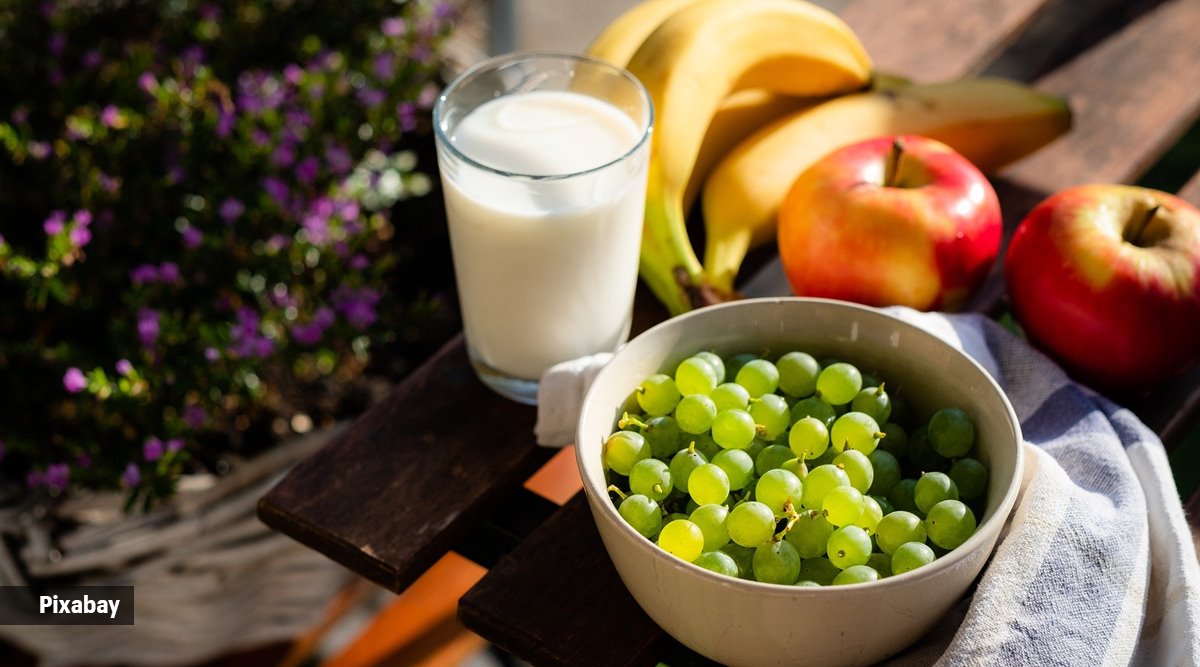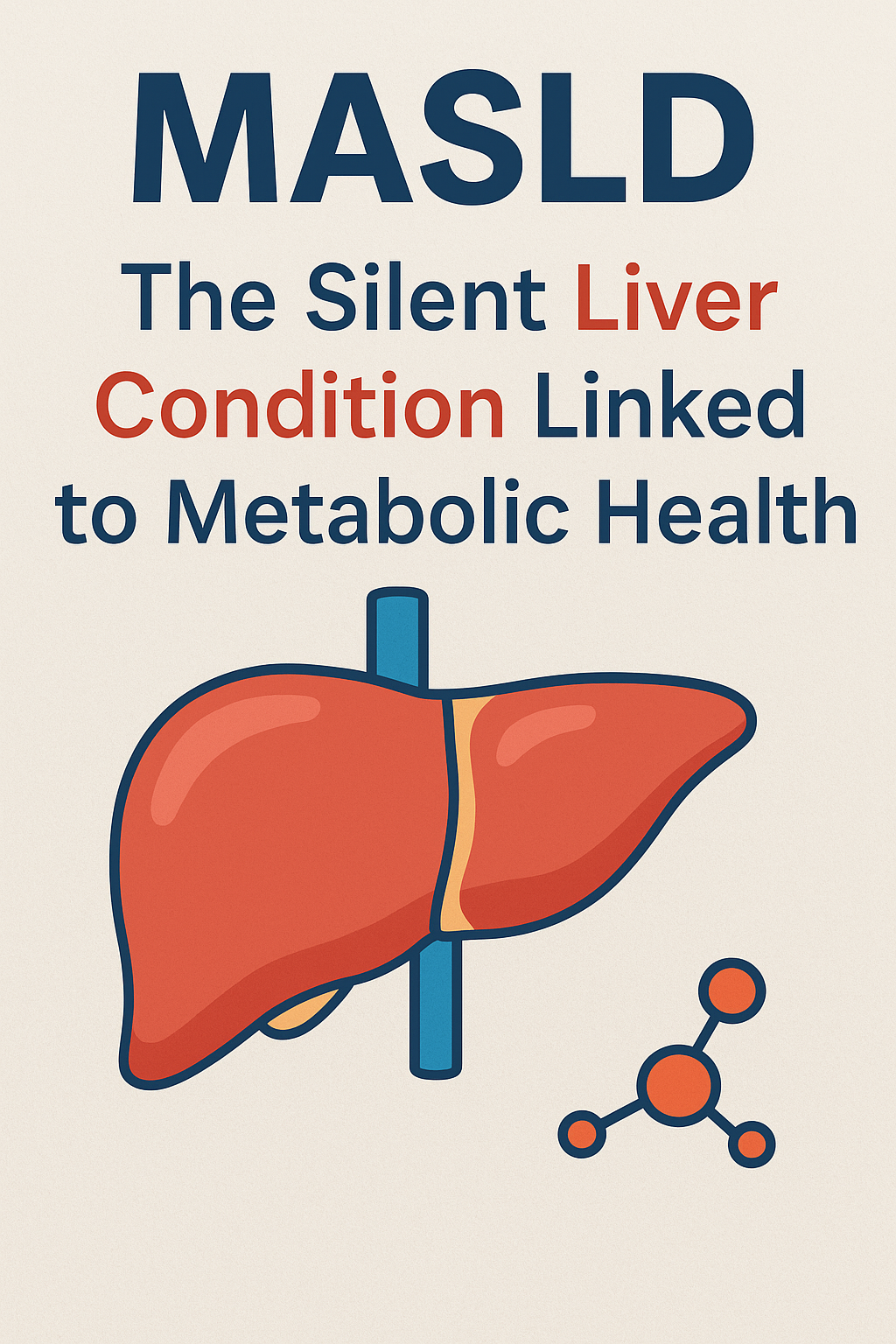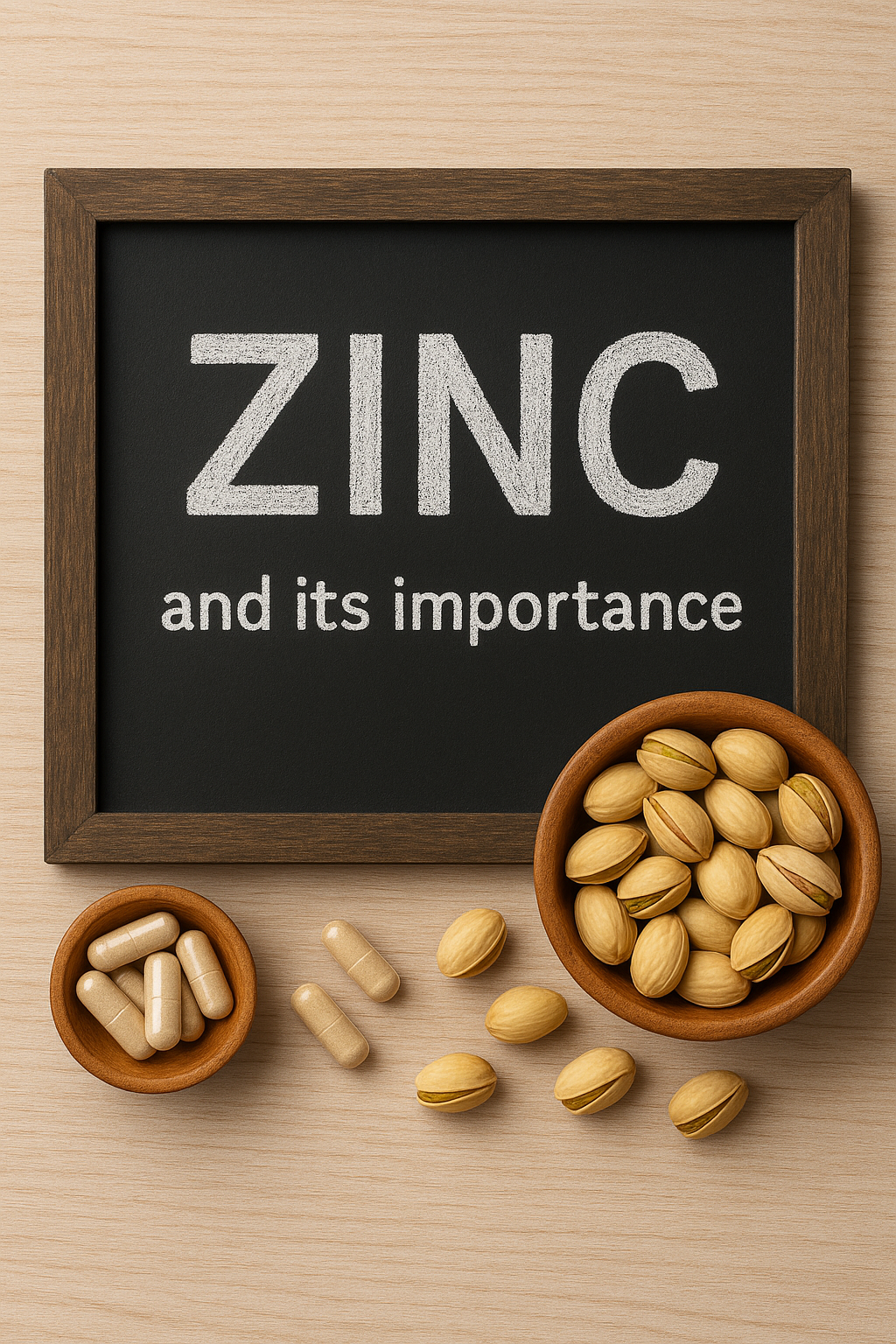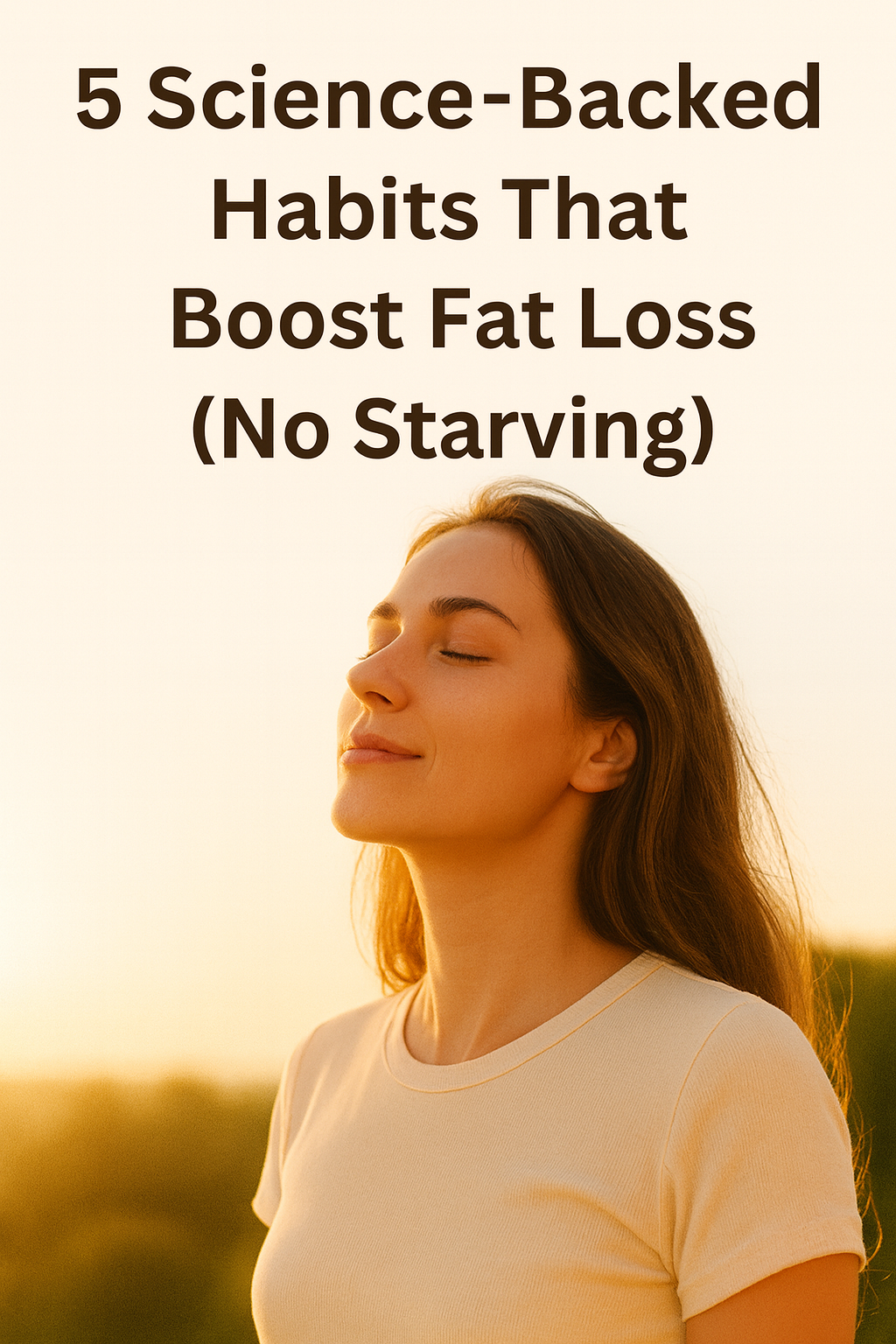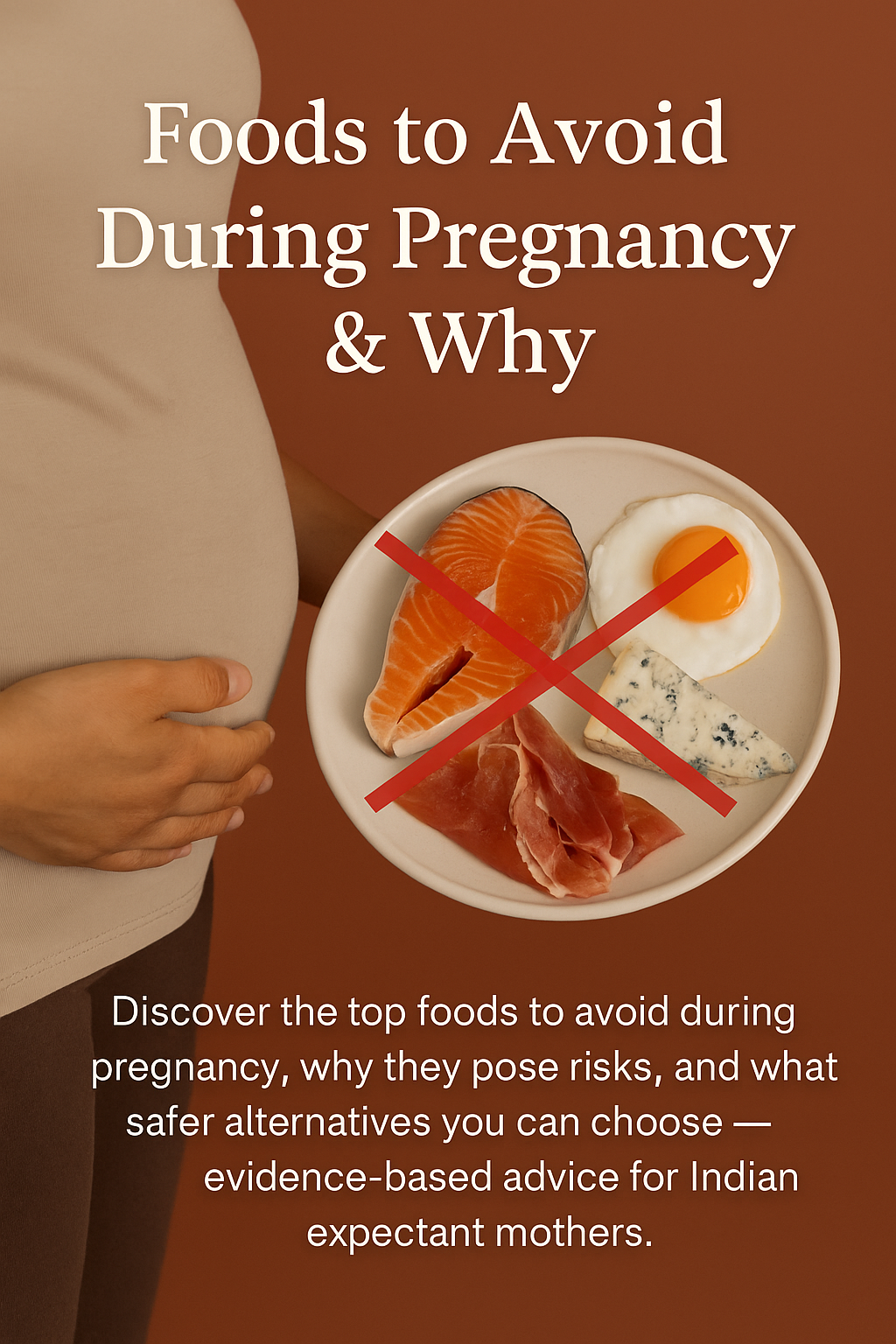Ayurveda, the ancient science of life, emphasizes the importance of “Aahaar” (diet) in maintaining health and preventing diseases. However, one of the biggest mistakes we unknowingly make is consuming Viruddh Aahaar—incompatible food combinations that disrupt digestion, create toxins (Ama), and lead to long-term health issues. In today’s fast-paced world, our eating habits are often dictated by convenience rather than balance, leading to the silent accumulation of toxins in our body. Let’s explore what Viruddh Aahaar is, its harmful effects, and how to correct our diet for better health.
🚫 What is Viruddh Aahaar?
In Ayurveda, Viruddh Aahaar refers to food combinations that are incompatible in terms of digestion, metabolism, and nutrient absorption. When certain foods are eaten together, they disturb the balance of Doshas (Vata, Pitta, and Kapha), leading to toxin formation. This results in bloating, indigestion, allergies, skin issues, and even chronic diseases over time.
🔥 Common Examples of Viruddh Aahaar
- Milk + Sour Fruits 🥛🍊 – Combining milk with citrus fruits like oranges, lemons, or berries curdles the milk in the stomach, leading to indigestion and toxin buildup.
- Milk + Salt 🥛🧂 – Ayurveda warns against consuming dairy with salt as it can cause skin diseases and digestive issues.
- Fruits + Meals 🍎🍛 – Fruits digest quickly, whereas meals take longer. Eating fruits with or right after a meal leads to fermentation in the gut, causing bloating and acidity.
- Honey + Hot Water 🍯💦 – Heating honey destroys its enzymes and creates toxins (Ama) that can be harmful over time.
- Banana + Milk 🍌🥛 – This combination is heavy to digest and can cause congestion, allergies, and sluggish digestion.
- Curd + Fish 🥄🐟 – Both are high in protein but have different digestion times, leading to imbalances in gut health.
- Tea/Coffee + Meals ☕🍽️ – Drinking tea or coffee with meals hinders iron absorption and causes acidity.
- Ghee + Honey (in equal proportion) 🧈🍯 – When mixed in equal amounts, this combination is considered toxic as per Ayurveda.
⚠️ Harmful Effects of Viruddh Aahaar
When incompatible foods are consumed regularly, they lead to the formation of Ama (toxins) in the body. This can cause:
✅ Poor digestion & bloating
✅ Acidity & gut disorders
✅ Skin diseases like eczema & acne
✅ Allergies & autoimmune diseases
✅ Weight gain & metabolic disorders
✅ Hormonal imbalances
✅ Chronic conditions like arthritis, diabetes, and cardiovascular diseases
What does Science say?
While Ayurveda strongly advocates the concept of Viruddh Aahaar, modern scientific research on food incompatibilities is still evolving. However, some principles of food combining do have scientific backing. Here are a few examples:
-
Milk + Sour Fruits 🥛🍊
- Scientific Explanation: Milk contains casein protein, which can coagulate when mixed with acidic fruits, leading to slower digestion and potential bloating. A study on dairy digestion suggests that acidic foods can affect protein breakdown and cause discomfort in sensitive individuals (Singh & Fox, International Dairy Journal, 2016).
-
Tea/Coffee + Meals ☕🍽️
- Scientific Explanation: Tannins in tea and coffee interfere with iron absorption, leading to a risk of iron deficiency, especially in vegetarians. A study in The American Journal of Clinical Nutrition (Hurrell et al., 1999) found that tea reduced iron absorption by up to 62%.
-
Honey + Hot Water 🍯💦
- Scientific Explanation: Heated honey can form 5-hydroxymethylfurfural (HMF), a compound that may have toxic effects in large amounts. A study published in Food Chemistry (2010) reported that HMF levels significantly increase when honey is exposed to high temperatures.
-
Fruits + Meals 🍎🍛
- Scientific Explanation: Fruits digest quickly, while proteins and starches take longer. Mixing them can lead to fermentation in the gut, causing bloating and indigestion. A study in Gut Microbes (2014) found that certain food combinations can alter gut microbiota, affecting digestion and metabolism.
While Ayurveda’s perspective is holistic and considers individual Prakriti (body constitution), modern science is gradually validating some of these dietary principles.
🥗 How to Avoid Viruddh Aahaar & Eat Right
- Follow Food Combining Principles – Avoid pairing dairy with sour or salty foods, fruits with meals, and proteins with starches.
- Eat Simple, Fresh & Seasonal – Freshly cooked, simple meals digest better and create minimal toxins.
- Maintain Proper Meal Gaps – Eat fruits separately, preferably 30-60 minutes before or after meals.
- Use Spices to Aid Digestion – Ginger, turmeric, and cumin help neutralize minor food incompatibilities.
- Listen to Your Body – If certain food combinations make you feel bloated, lethargic, or uncomfortable, they may not be suitable for you.
- Follow Ayurveda’s Golden Rule – Eat according to your Prakriti (body constitution) and the season.
🌿 Conclusion: Make Food Your Medicine
Ayurveda teaches us that “Food is Medicine” when consumed correctly, but the wrong combinations can turn it into slow poison. By being mindful of Viruddh Aahaar and following a balanced Ayurvedic diet, we can prevent toxin accumulation, improve digestion, and lead a healthier life. Small, conscious changes in our eating habits can make a big difference! 🌱✨
📚 Reference List:
- Singh, H., & Fox, P. F. (2016). Heat stability of milk: A review. International Dairy Journal, 57, 1-10.
- Hurrell, R. F., Reddy, M. B., & Cook, J. D. (1999). Inhibition of non-haem iron absorption in man by polyphenolic-containing beverages. British Journal of Nutrition, 81(4), 289-295.
- Sharma, H., Chandola, H. M., Singh, G., & Basisht, G. (2007). Utilization of Ayurveda in health care: An approach for prevention, health promotion, and treatment of disease. The Journal of Alternative and Complementary Medicine, 13(9), 1135-1150.
- Choudhary, N., & Grover, K. (2019). Fermentation of food in the stomach and its impact on digestion. Gut Microbes, 10(3), 1-10.
- Falco, G., Domingo, J. L., & Llobet, J. M. (2010). Hydroxymethylfurfural (HMF) in foods and its toxicological properties: A review. Food Chemistry, 119(3), 928-935.
- Oke, M., Jacob, J. K., & Paliyath, G. (2010). Effect of food matrix and processing on bioavailability of nutrients and nutraceuticals. Food Research International, 43(3), 971-978.

Akanksha Sharma
Dr. Akanksha Sharma, Head Writer and creator of AtoZ of Pregnancy, is dedicated to empowering women, parents, and families through 360-degree knowledge. She and her team provide evidence-based advice to guide families through pregnancy, parenting and beyond.

